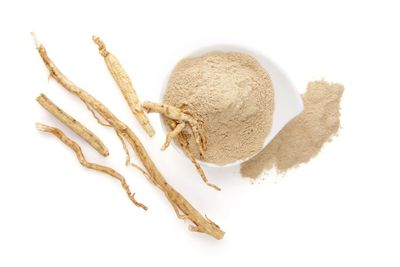About Dried Ginseng Root
Ginseng is a perennial native herb found throughout the deciduous forests of the eastern United States. It was one of the earliest marketable herbs exported to ginseng hungry China. It was once abundant but was over-harvested in the mid 1970’s and is now more commonly grown as an alternative crop. Ginseng is prized in Asia and can be quite profitable, however, it can take eight to ten years before that profit is realized. Older roots of eight to ten years of age command a higher price than younger roots. This means that proper drying and storing practices are imperative. As they say, one bad apple can spoil the bunch. Ginseng root is dried until it is hard; it should easily snap in two. The inside of a properly dried root should be entirely white. Drying the root too quickly will create a brown ring inside the root and drying too slowly may foster mold.
Drying and Storing Ginseng
There are many ways to dry ginseng root. Some people use dehumidifiers and heaters or wood stoves and fans. There are also commercial herb driers available, but they are only suitable for drying small amounts of the root. Larger units are available, but they can be quite expensive. Whatever your drying set-up, the critical issue is to avoid drying the roots too quickly, yet rapidly enough that mold doesn’t set in. It’s of paramount importance to supply the drying roots with adequate ventilation and a consistent air temperature. Usually, roots are dried on racks or screens set up above floor level to provide air flow. Before drying the roots, wash them off with a low pressure stream of water; never scrub them. Be sure to spread the roots out so they do not come into contact with each other. Rotate the roots on occasion to make sure that they are drying on all sides. Ideal drying temperatures should be between 70 and 100 degrees F. (21-38 C.). Temperature, weather, humidity, and the method for providing heat will all be variables when drying ginseng root. That said, it should take between one and two weeks for the roots to completely dry at a temp of about 70 degrees F. (21 C.). Of course, small roots dry more rapidly than large roots, which can take up to six weeks. Continually inspect the roots to check and see if they are drying all the way around. As mentioned above, a properly dried root will snap in two easily and should be completely white inside with no sign of mold. How to store ginseng once the roots are dry? Simply store them in paper bags or boxes, never plastic. Plastic increases the humidity and may cause the precious roots to mold.
